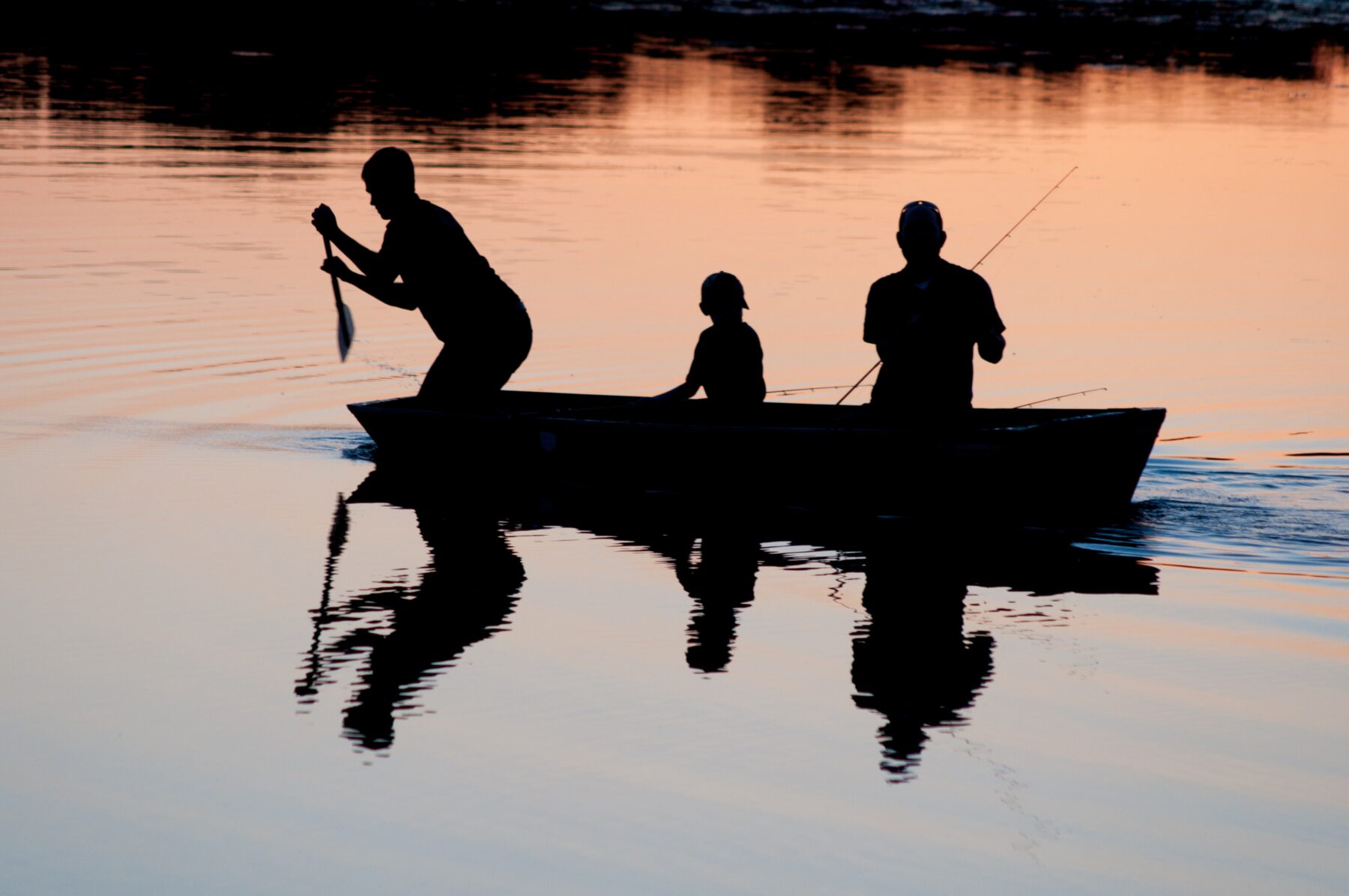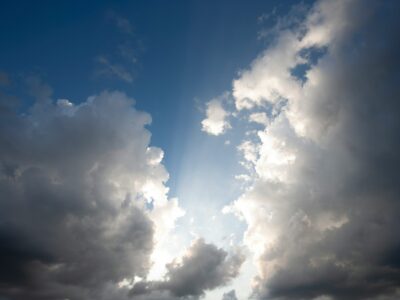My sons love the outdoors, and I couldn’t be happier about that. Whether that is nature or nurture or a 50/50 split, I don’t know. We hike and camp and fish and garden, there are few outdoor activities they are not interested in.
As they grow, I’m trying to help them understand the importance of the outdoors and ways that we can take care of it. But something that I’m learning is that when I tell them we do things “just because” it doesn’t last. So along with their love of the outdoors as a place for fun, I’m trying to help them care about creation so they can better care for creation.
Caring about something is a necessary first step to caring for something.
Of course, I’m teaching about God’s care for creation and our relationship to it; the biblical and theological reasons to care about creation are important. But experiences help ground those realities.
Learning
Some friends of ours introduced us to finding Monarch butterfly eggs and we have been raising them for the past couple years. The boys have learned about the different stages of the butterfly’s life, from egg to caterpillar, to bigger caterpillar, to chrysalis, to beautiful butterfly. The moment they get to hold the butterfly on their finger before it flies away is one of pure joy for them.
Monarch butterflies are endangered right now. And my boys are concerned about doing what they can to help. We continue to try to find eggs and help them hatch and grow safely into new butterflies. We’ve planted a bit of milkweed in our yard (milkweed is where monarchs lay eggs and it’s the only food monarch caterpillars eat).
That’s just one example. You can learn about your local wildlife, or about your local watershed. There is so much that we can learn about (and from, but that’s a different article) God’s creation. We can learn the what of creation. On the largest scale we can learn the mind-boggling variety within God’s creation. We could spend countless hours simply learning the names and images of all the incredible things God has created.
Familiarity begins to birth care. It is difficult to dismiss what we know. When we are no longer ignorant of the “what” of creation, we are more inclined to care about, and then care for it.
Working
Our garden isn’t large, about 20×40, but big enough to give us a delicious summer and early fall crop and even provides enough to share with family, friends, and neighbors. As crisp, juicy, and colorful as all the vegetables are, they take a great deal of work. From planning what should go where (a bit of research on which vegetables benefit one-another goes a long way toward productivity—a lesson learned the hard way), to the sowing of the seeds in their proper time, to the constant weeding, to the satisfying moments when the veggies are plucked (and often consumed on the spot), even the end of season tilling amending the soil to allow the vital nutrients to replenish, a garden requires work.
Fortunately, my sons help. They are small but strong, and they help at nearly every stage of the garden season. We spend time, nearly daily, taking care of the garden and the rest of the yard—the fruit trees and the berry bushes. Working at something helps create a connection to it. When we invest, it’s nearly impossible not to be concerned about its well-being. We’ve started with our own yard and we talk about how taking care of our little piece of the world is important.
Helping my boys work in creation invests them in it. They begin to understand both its importance and its value and value it themselves. When we put effort into something, it’s difficult not to begin to care about it.
Playing
This is the easy one. Who doesn’t like to play? And the outdoors offers such a wide variety of ways to play! Of the three avenues, this is the one that proves to me that caring about leads to caring for.
One of the boys’ favorites is playing in water, any water, and finding and trying to catch whatever happens to live there. Minnows, frogs, and crawfish are the usual catches (and releases). But there’s been the occasional snake as well. We can visit the same places over and over and spend hours there every time. It never gets old for them.
Helping them care about one of their favorite places to play isn’t hard. I simply help them put some of the pieces together, that if we didn’t take care of the stream, we wouldn’t have a place to play or that the animals we love to play with wouldn’t be there anymore. They get visibly sad thinking about the minnows being gone and not being able to play in the stream. They care about their place to play and because they want to be able to go back, they are motivated to make sure they are not doing anything to harm either the place or its inhabitants.
My boys are developing a love of creation through various avenues. And that love is starting them down the path to being good stewards of creation. What are some ways we can learn to care more about creation so that we more actively take care of creation?





 Copyright
2024
Root and Vine
Copyright
2024
Root and Vine